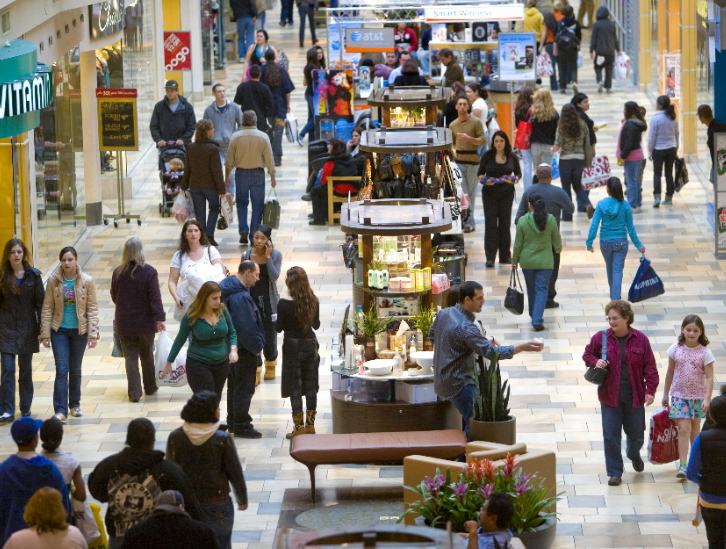- Resources
- Is Online Shopping Better for the Environment?
Resources
Is Online Shopping Better for the Environment?
Published: December 21, 2013 by Jason Mathers
This holiday season, as you click on “buy”, you might wonder about the environmental impact of online shopping. Is it better to have a truck bring my stuff to me? Or is it better for me to go to the store?
The only simple answer here is that it depends. How close is the nearest store? Would you walk, bike, or drive there? Go solo or with a friend? Are you getting one item or many different things? What is the likelihood that you will return the product? Would the online order be overnighted to you via air mail?
The complexity of the choice is made clear in a new paper from the MIT Center for Transportation & Logistics. It explores the carbon footprint in different parts of the shopping process, for different types of consumers.
The study concludes that shoppers who complete every step of a single transaction online, whom the author calls Cybernauts, will have a carbon footprint almost two times smaller than traditional shoppers, who make multiple visits to a store to evaluate, purchase and return items. Emissions related to packaging and delivery of the items purchased online didn’t outweigh the impact of customer transportation going to the store and back.
“On average when comparing generic online and traditional behaviors, online shopping tends to be more efficient than traditional shopping,” wrote Dimitri Weideli, the paper’s author.
However, these benefits were eroded if customers used rush delivery or picked up and returned items in person. The study looked at the impact of online shopping for three typical products:
- Laptop: higher dollar value, bulkier, more protective packaging required
- Barbie doll: low dollar value, small profile, medium packaging
- T-shirt: low/no packaging, higher return rate
Computer modeling took into account the environmental impact of packaging, transportation and energy consumption associated with the different stages of the retail process, whether warehouse, sorting and collecting centers, retail store, computer use or data center. The model included seven different consumer profiles, with different components of the shopping process conducted online or in person, and different delivery and return methods.
Customer location, such as urban or suburban, was a critical factor in the environmental impact, as was choice of transportation mode. The farther away you are from a physical store and the less efficient your transportation, the better off you are purchasing online.
Given the increasing reliance on online shopping in the U.S., estimated to grow 9 percent per year through 2016, retailers could lessen environmental damage, improve the customer experience and optimize their businesses by making the shopping process more efficient.
The study recommended that retailers improve their supply chain’s carbon footprint. Of course, there are a lot of actions retailers can take in moving the goods from the manufacturing location to the distribution center. The EDF Five Principles for Greener Freight outline many of these.
On the “last mile,” the recommendations diverge between online and brick-and-mortar shopping. For online retailers, this means optimizing packaging and the return process. Brick-and-mortar stores could provide more information online so that customers make better purchase decisions, and could encourage customer pickup of online orders for stores located in dense urban areas.
“As online shopping continues to increase, and retailers offer wider combinations of brick-and-mortar and online offerings, understanding how behaviors evolve across different geographies will help develop tailored strategies to minimize the environmental impact of retail,” Weideli wrote.
Ultimately, though, it’s we as the customers who will make the decisions that will ultimately determine which method of getting the product is better. So, if you want to go shopping the old school way, share the trip with a friend and maybe even take the bus. If you want to buy online, leave enough time to use the ground option and don’t buy with the intention of returning some portion of the goods.
